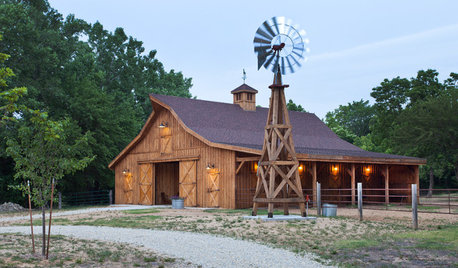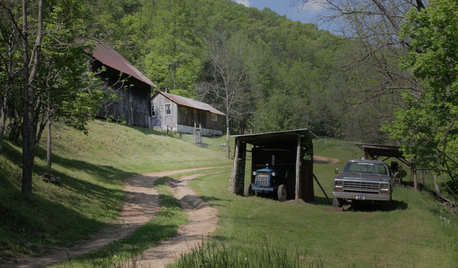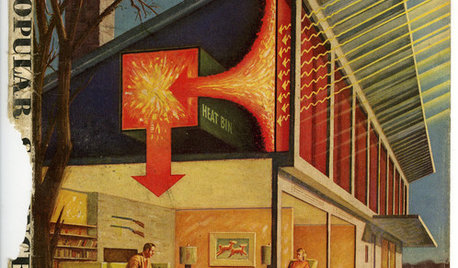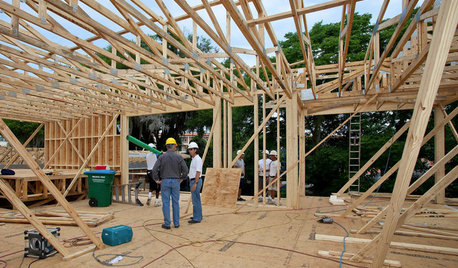Programable 'Stat for Heat Pump?
chas045
9 years ago
Related Stories

BATHROOM DESIGNWarm Up Your Bathroom With Heated Floors
If your bathroom floor is leaving you cold, try warming up to an electric heating system
Full Story
GREAT HOME PROJECTSHow to Add a Radiant Heat System
Enjoy comfy, consistent temperatures and maybe even energy savings with hydronic heating and cooling
Full Story
FLOORSWhat to Ask When Considering Heated Floors
These questions can help you decide if radiant floor heating is right for you — and what your options are
Full Story
HOUSEKEEPING5 Steps to Improve Your Heating System Now
Increase your heater's efficiency and safety for lower energy bills and greater peace of mind this winter
Full Story
TRADITIONAL STYLEFarmhouse Style: Windmill Power Comes Around Again
Windmills helped win the West. Today these hardworking features are still winning our hearts
Full Story
SAVING WATER11 Ways to Save Water at Home
Whether you live in a drought-stricken area or just want to help preserve a precious resource, here are things you can do to use less water
Full Story
TASTEMAKERSNew Series to Give a Glimpse of Life ‘Unplugged’
See what happens when city dwellers relocate to off-the-grid homes in a new show premiering July 29. Tell us: Could you pack up urban life?
Full Story
GREEN BUILDINGChampioning the Solar House, From the 1930s to Today
Homes throughout history that have used the sun offer ideas for net-zero and passive homes of the present, in a new book by Anthony Denzer
Full Story
GREEN BUILDINGHow to Harvest Rainwater for Your Garden
Conserve a vital resource and save money by collecting stormwater for irrigation in a barrel or tank
Full Story
REMODELING GUIDESHome Building: The Case for Cautious Optimism
Ben Bernanke's speech at the 2012 International Builders Show: Gray clouds and silver lining
Full Story





weedmeister
klem1
Related Professionals
Brooklyn Center Solar Energy Systems · Dracut Solar Energy Systems · Fort Lee Solar Energy Systems · Voorhees Solar Energy Systems · Selma Solar Energy Systems · Saratoga Solar Energy Systems · Columbia Home Automation & Home Media · Coral Terrace Home Automation & Home Media · North Merrick Home Automation & Home Media · Ocala Home Automation & Home Media · Tamiami Home Automation & Home Media · Westminster Home Automation & Home Media · Lexington Electricians · Bountiful Fireplaces · Silver Spring Fireplaceshvtech42
klem1
hvtech42
weedmeister
dadoes
hvtech42
chas045Original Author
hvtech42